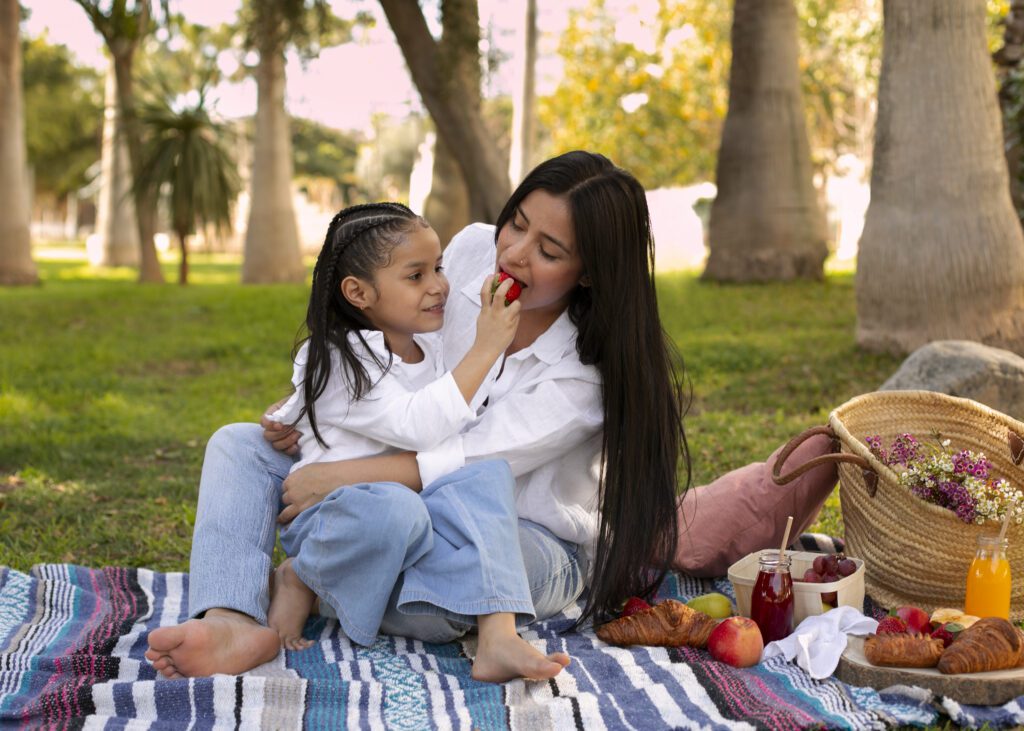Normalize talking about mental health in BIPOC communities
WASHINGTON D.C. – Indigenous people are rightly concerned about the high incidence of substance abuse/addiction, suicide, intergenerational trauma, post-traumatic stress, domestic violence and other mental health issues in Native communities. July is BIPOC Mental Health Awareness Month, a time to highlight the unique strengths and challenges faced by Black, Indigenous, and people of color (BIPOC) in relation to mental health. This is an excellent opportunity to learn about solutions to these challenges and learn how to “be the change” we want to see in the world.
In a recent e-newsletter, the Mountain Plains Mental Health Technology Transfer Center in Grand Forks, ND, wrote, “This July, we encourage everyone to take steps towards improving mental health in BIPOC communities. By sharing stories, listening to others, and supporting one another, we can create a more inclusive and understanding environment where mental health is prioritized for everyone.”
Bebe Moore Campbell, an author, advocate, and trailblazer for BIPOC mental health, said simply, “The most important thing we can do is to talk to each other. It helps us to understand each other and to build bridges, not walls.”
Mental Health America observes BIPOC Mental Health Month by offering a BIPOC Mental Health Toolkit, which can be downloaded at mhanational.org/bipoc/mental-health-month. Within the toolkit are these suggestions for normalizing conversations about mental health in BIPOC communities:
Tailor your approach
Different generations may be more or less comfortable talking about mental health. Older generations may prefer face-to-face conversations where they can share stories and connect with others. Adults may appreciate resources and workshops that provide strategies for managing mental health. Young people may gravitate towards digital platforms because they feel more relatable.
Taking these preferences into account can help break the culture of silence around mental health in your community.
Get creative with your wording
Are there words that people in your community use to talk about mental health without saying the words “mental health”? To start a conversation with someone about their mental well-being, try using terms that feel most comfortable for you both. Some examples of this might be words like: wellness, health, spirit, soul, or mind. For example, asking “how are you feeling spiritually?” or “how are you feeling – really?”
Instead of the word “anxiety,” you could use terms like: nervous, nerves, jittery, on edge, jumpy, or irritable. For example, telling someone, “Wow, I feel really on edge today” can normalize talking about feelings.
Alternatives for the word “depressed” could be: tired, down, low, or not feeling it. For example, someone telling you, “I’m just not feeling it today” may be their way of asking for emotional support.
If you speak another language, there may also be words in that language you can consider.
Connect the dots with physical health
The mind and body are connected, and sometimes mental health challenges can show up as physical symptoms. For example, people experiencing anxiety and/or depression may also experience migraine headaches. Other people may report stomach aches as well as pain in their joints, limbs, or back.
People may be more comfortable talking about physical health than mental health. This could be a good entry point to help you start a conversation about mental health.
For example: if someone shares that they have a bad headache, you could try saying something like, “I’m so sorry you’re dealing with that. Do you know what might have caused it?” You could also ask, “Have you been feeling stressed lately? Sometimes I get a headache when I am feeling that way.”
Share your story
Storytelling is one of the most effective ways to fight mental health stigma. When people who live with a mental health condition share their stories, it can help others feel less alone and reduce any shame they may have when talking about their own mental health.
Sometimes it can be helpful to create a plan before talking to your loved ones about your mental health. This can help you think through how you want to share and how they might respond.
You can share your story in an informal setting while chatting with friends and family. You can also share your story in a more public way. Whatever method you choose, this can be a powerful way to stop the stigma from spreading in your community.
If you are struggling with your mental health, visit mhascreening.org to take an anonymous, free, and private mental health test. It only takes a few minutes.
After taking the mental health screening test, users are provided with information, resources, tools to help understand and improve mental health, and information about the next steps to take based on the results. You can also visit the BIPOC Mental Health Resource Center to learn more about mental health in BIPOC communities.
The website notes: “This website is an informational resource. We are not a crisis support line. If you need immediate help, you can reach the Suicide & Crisis Lifeline by calling or texting 988 or using the chat box at 988lifeline.org/chat. You can also text ‘MHA’ to 741-741 to reach the Crisis Text Line.”
(Contact Grace Terry at graceterrywilliams@gmail.com)
SOURCES:
mail.google.com/mail/u/1/#inbox/FMfcgzQVxRKfcpHVLKLDKxsBNLPgQZdD
mhanational.org/bipoc/mental-health-month
screening.mhanational.org/screening-tools/
The post Normalize talking about mental health in BIPOC communities first appeared on Native Sun News Today.

